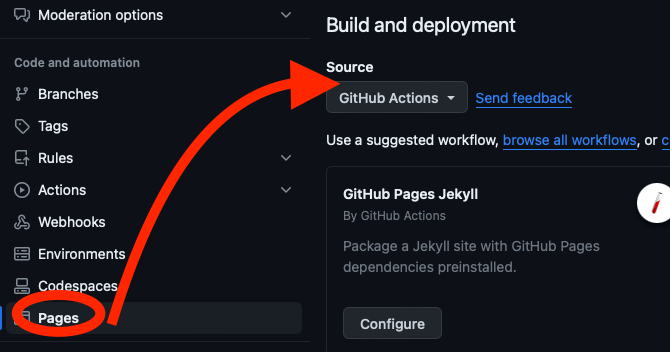Goal
Batteries included documentation plugin with sane defaults to document a scala3 library published and built with mill.
Features
- Recursive module search to generate API doc for all modules which extend
PublishModule - Uses Scaladoc for static site generation - combining API doc and your docs together
- Uses mill caching to accelerate the editing loop
- Auto fixes assets paths so you can enjoy IDE previews and seamlessly deploy to github pages
- Plays nicely with modern git actions for ease of deployment to github pages
- Ensures "live reload" works seamlessly through something like the Live Server Extension or browsersync works as expected
- Tries hard to set sane scaladoc default flags
- Project version
- Github repository link
- Enable snippet compiler
- And configure scastie to include dependancies it finds, so that your example code can be run in browser.
Examples
From the test suite
https://github.com/Quafadas/millSite/tree/main/itest/src/02-recommended
As a test, I forked PPrint and added this plugin to it. The result is here: https://quafadas.github.io/PPrint/docs
Small projects:
Plugin Configuration
def live: T[PathRef]
Generate the site incrementally. This is the main entry point for the plugin. Given this module in a mill.sc file, where foo is a module we wish to document the API for.
import millSite.SiteModule
object site extends SiteModule {
// must be scala3+
override def scalaVersion = T("3.3.1")
// Will generate an API for all transitive modules
def moduleDeps = Seq(foo)
}
In a terminal, mill site.live will generate a static site, including API for foo.
On option is to serve the site at the path of this directory, for example using a static webserver. For example, using javas SimpleHttpServer (java 18+) $JAVA_HOME/bin/jwebserver -d [[output of mill show site.siteGen]]
Pro tip - use the -w flag, mill -w site.live to regenerate when you save a change to docs**...
** Generating APIs is slow for larger projects. This module splits the API generation into a separate task, so you can edit and view docs without waiting for the API to regenerate.
Live reload
Live reload without interacting with the browser is a function of the webserver you use. In VSCode, the Live Server Extension may be worth investigating.
This plugin assumes you're willing to use and builds a little integration with browsersync.
Install with npm install -g browser-sync
mill site.browserSync will start a server and open a browser. Any changes to the site will trigger a reload.
Note: You'll sacrifice your terminal to this process - it is recommended to open a second terminal, which runs mill -w site.live to enjoy live reloading on edit.
def scalaMdocVersion: T[String] = T("2.5.1")
The version of mdoc (if you use it) to use. 2.5.1 is the latest version at the time of writing. The scaladoc snippet compiler is a drop in replacement for mdoc - you may not need this at all.
def scalaDocOptions: T[Seq[String]] =
By default, enables the snippet compiler and guesses a bunch of other config based on PublishModule settings that it finds.
Scaladoc options. See scaladoc manual
By default;
- injects the latest tag into the "projectVersion" variable
- adds a link to the github repo pages configured in publish settings
- Enables the snippet compiler and configures scastie to include dependancies it finds, so that your example code can be run in browser.
def guessGithubAction: T[String]
Proposes a github action workflow, to enable your site in CI. It will likely need tweaking, but should provide a good starting point. You'll need to enable pages on the repository, and set the pages to be updated via GHA.

You may wish to append /docs to the standard pages URL, in order to direct users to your carefully crafted documentation.